In today’s digital era, social media has become an essential tool for brands looking to establish themselves in the marketplace. With billions of active users across various platforms, businesses have a unique opportunity to reach their target audience, build relationships, and increase brand visibility. One such brand that has harnessed the power of social media is Crazy Bunny. Known for its quirky, fun, and innovative products, has successfully created a strong digital presence by leveraging social media strategies.
This blog explores how social media contributes to brand awareness, using Crazy Bunny as a case study. We will discuss the impact of various platforms, successful marketing tactics, and how businesses can replicate this approach to enhance their brand visibility.
The Power of Social Media in Brand Awareness

Brand awareness refers to how familiar consumers are with a brand and its products. It is crucial for companies because it influences consumer decisions, drives customer loyalty, and enhances credibility. Social media plays a pivotal role in achieving brand awareness due to its vast reach and interactive nature.
1. Why Social Media Matters for like Brands
-
Massive Audience Reach
Platforms like Instagram, TikTok, Facebook, and Twitter provide brands with access to billions of users worldwide.
-
Engagement & Interaction
Brands can engage directly with customers through comments, messages, and live videos, making interactions more personal.
-
Cost-Effective Marketing
Unlike traditional advertising, social media allows brands to promote their products without spending a fortune.
-
Viral Potential
Content that resonates with audiences can go viral, exponentially increasing brand exposure.
-
Data-Driven Decisions
Social media provides analytics tools that help brands understand their audience and refine their strategies.
Social media has been a game-changer, allowing the brand to establish itself in a competitive market and create a loyal fan base.
2. How brand Uses Social Media for Awareness
Choosing the Right Platforms
Different social media platforms focus on different powerful brands of advertising. Politically, platforms are chosen that are aligned with their target audience:
-
Instagram
A visual platform perfect for showcasing vibrant and trendy products through images, reels, and stories.
-
TikTok

Short, engaging videos allow the brand to participate in trends, showcase its personality, and reach younger audiences.
-
Facebook
![]()
Useful for community building, customer service, and running targeted ad campaigns.
-
Twitter

Used for quick updates, customer engagement, and trending conversations.
-
Pinterest
![]()
A great platform for product inspiration and driving traffic to the website.
By utilizing multiple platforms, the brand ensures its visibility across various segments of its audience.
3. Content Strategy for Engagement

Content is the backbone of any social media strategy. This brand focuses on the following content types to engage its audience:
-
User-Generated Content (UGC)
Encouraging customers to share photos and videos of their products with branded hashtags boosts engagement and serves as free advertising.
-
Influencer Marketing
Partnering with influencers helps reach a wider audience. By collaborating with niche influencers who align with the brand’s values, authenticity in promotions is ensured.
-
Behind-the-Scenes Content
Sharing fun, behind-the-scenes content about product development, office culture, and team activities makes the brand feel more personal and relatable.
-
Interactive Content
Polls, quizzes, Q&A sessions, and contests keep followers engaged and invested in the brand.
-
Trending Challenges & Memes
Actively participating in social media trends, challenges, and memes keeps the content fresh and appealing to younger audiences.
4. The Impact of Social Media on Brand Growth
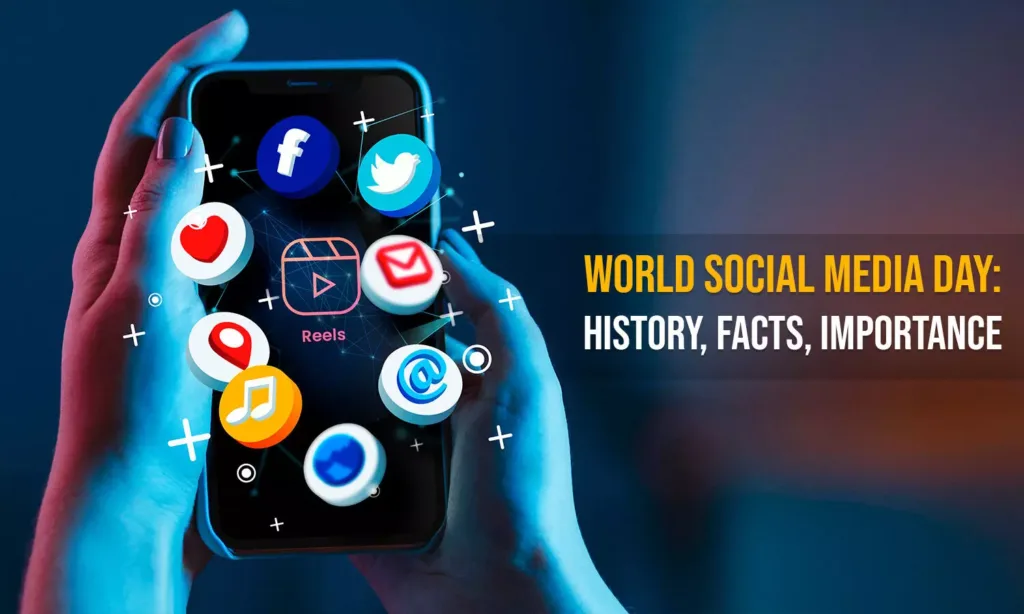
Social media has become a powerful tool for driving brand awareness, engagement, and overall business expansion. With millions of users active daily across various platforms, companies can leverage social media to connect with their target audience, build a loyal community, and increase visibility.
-
Increased Brand Awareness
A growing follower base and high engagement rates indicate enhanced brand recognition.
-
Higher Sales Conversions:
Social media-driven promotions and ads directly influence purchasing decisions.
-
Improved Customer Loyalty:
Direct engagement with customers fosters trust and loyalty.
-
Expanded Market Reach:
Global audiences can access and purchase Crazy Bunny products, driving international sales.
5. Strategies for Implements for Social Media Success

Achieving success on social media requires more than just posting content—it demands a strategic approach. Here are key strategies to ensure impactful implementation:
-
Consistent Branding Across Platforms
Maintaining a cohesive brand image across all social media channels ensures recognition and credibility. The brand follows a consistent voice, color scheme, and messaging to create a seamless user experience.
-
Influencer Marketing Collaborations
By partnering with fashion influencers, lifestyle bloggers, and celebrities, the brand reaches new audiences who trust influencer recommendations.
-
User-Generated Content (UGC) Campaigns
Encouraging customers to share photos and reviews using branded hashtags increases engagement and authenticity.
-
Paid Advertising for Maximum Reach
Investing in targeted ads across platforms ensures that products appear in front of potential customers who are likely to engage and convert.
-
Data-Driven Approach
Tracking analytics helps the brand understand what type of content performs best, when followers are most active, and which campaigns yield the highest ROI.
6. The Role of Influencers in Brand Awareness

Influencer marketing is a game-changer for brands. Influencers have dedicated followers who trust their recommendations. By collaborating with influencers, brands can tap into established audiences, increasing their visibility and credibility.
7. User-Generated Content and Brand Trust

User-generated content (UGC) such as customer reviews, testimonials, and organic posts fosters authenticity. Consumers trust recommendations from peers more than brand advertisements. Encouraging customers to share their experiences with a brand amplifies its reach and reputation.
8. Social Media Advertising for Brand Visibility
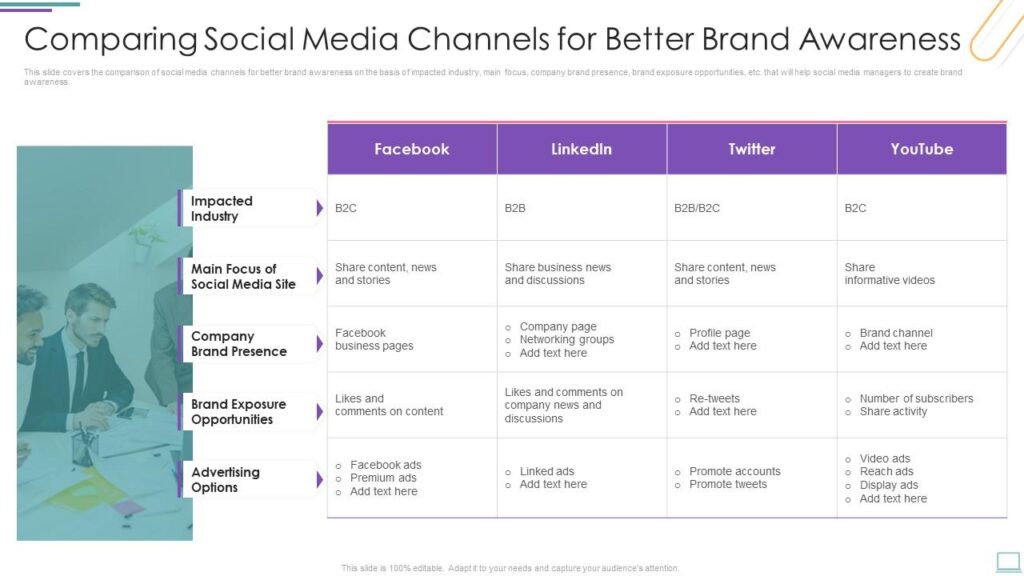
Paid social media advertising allows brands to target specific demographics, ensuring their content reaches the right audience. Techniques such as retargeting ads, sponsored posts, and carousel ads enhance visibility and conversion rates.
9. The Power of Engagement in Social Media Marketing

Engagement is a key factor in brand awareness. Brands that actively engage with their audience through comments, messages, and shares build stronger relationships. Engagement also increases content visibility due to social media algorithms favoring interactive posts.
10. Hashtags and Viral Campaigns
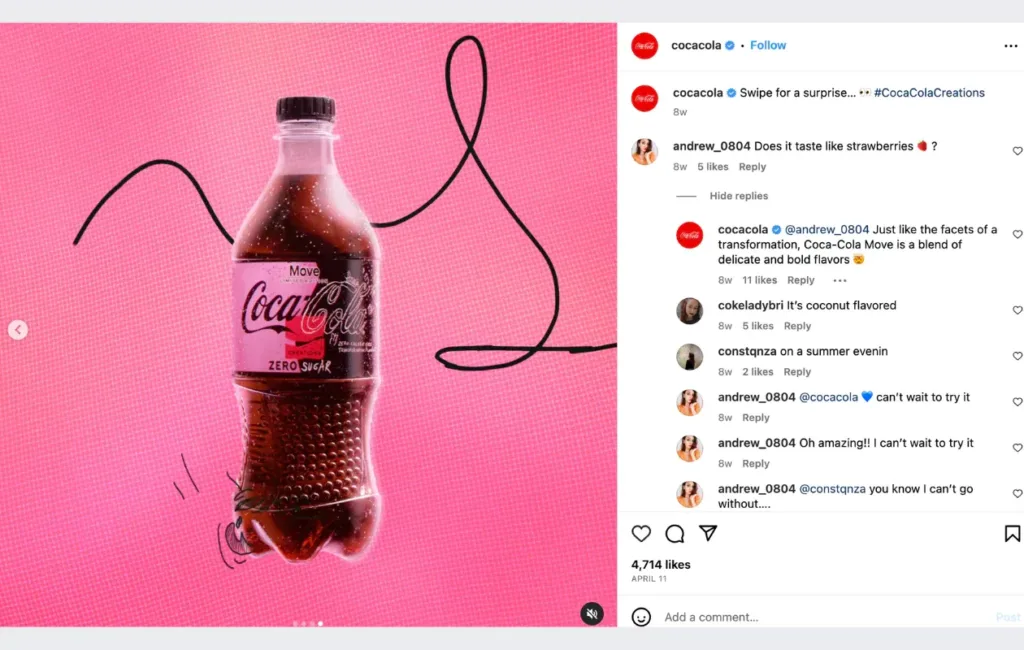
Hashtags improve discoverability on platforms like Instagram and Twitter. Viral campaigns, such as challenges and giveaways, can catapult a brand into the spotlight, attracting massive attention and new followers.
11. The Role of Social Listening in Brand Awareness
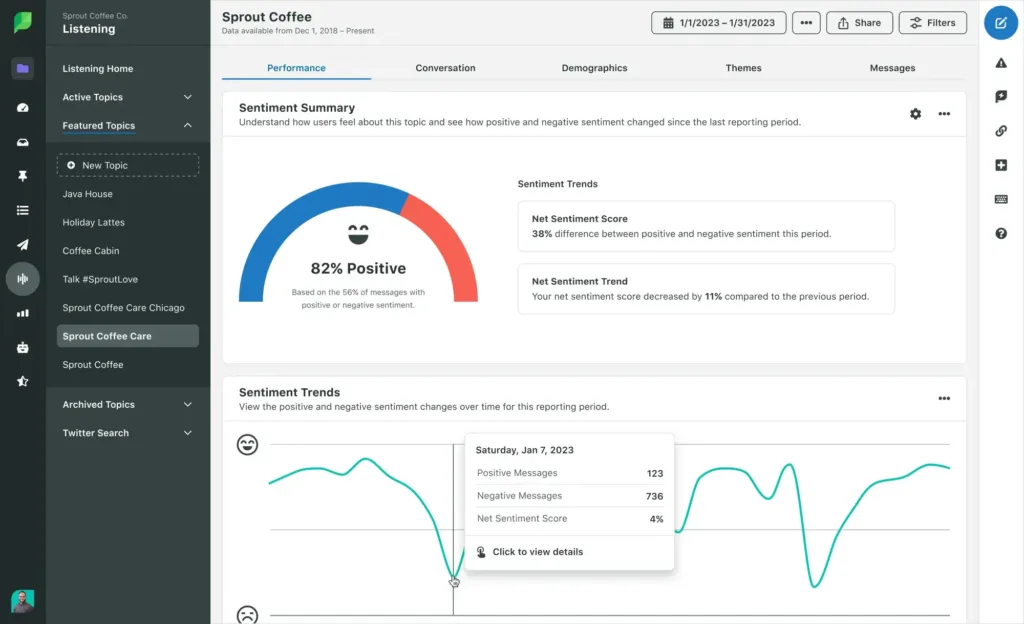
Source:- https://blog.hubspot.com/service/social-listening
Social listening involves tracking brand mentions, customer feedback, and industry trends. It helps businesses understand consumer sentiment and tailor their strategies accordingly, enhancing brand positioning.
12. Social Media Analytics and Brand Performance
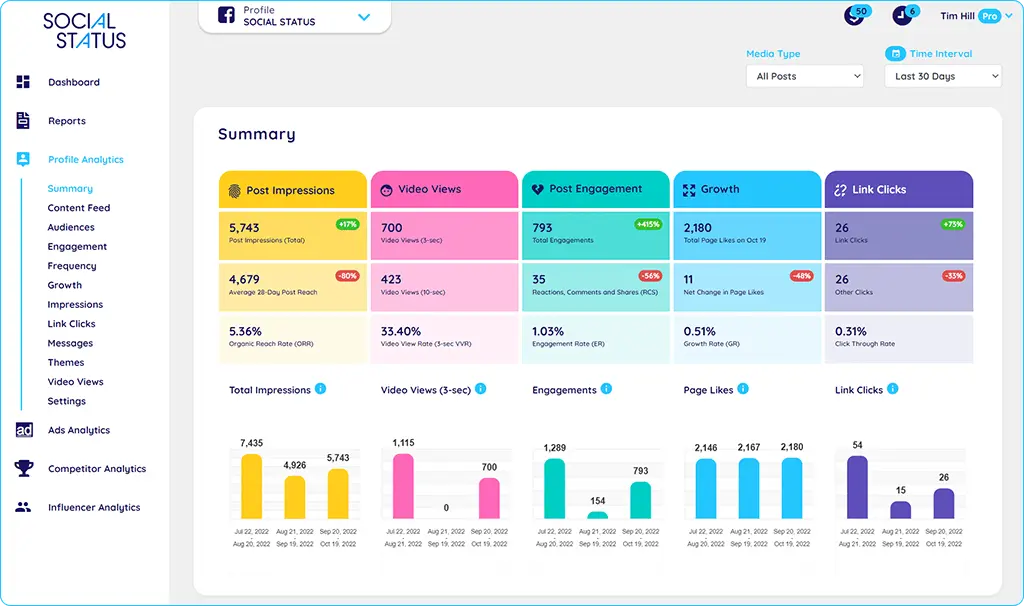
Brands must track performance metrics to measure the effectiveness of their social media efforts. Key indicators include:
-
Engagement Rate: The percentage of users interacting with posts.
-
Reach and Impressions: The number of people seeing a brand’s content.
-
Share of Voice: A brand’s presence compared to competitors.
-
Customer Sentiment Analysis: Evaluating positive, neutral, and negative brand mentions.
13. Case Studies of Successful Brand Awareness Campaigns
1. Nike’s “Just Do It” Social Media Campaign:

Nike leveraged inspirational stories and influencer partnerships to enhance its global presence.
2. Coca-Cola’s #ShareACoke Campaign:
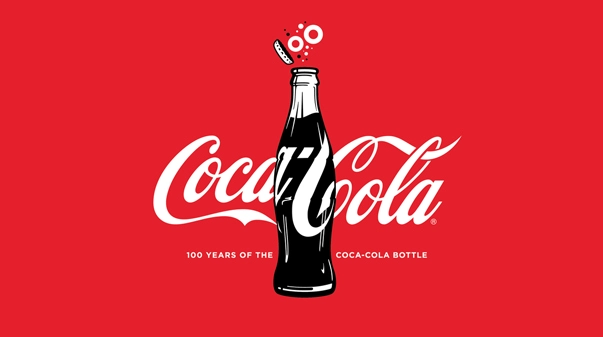
Encouraged user-generated content by personalizing Coke bottles with names.
3. Apple’s #ShotOniPhone Campaign:
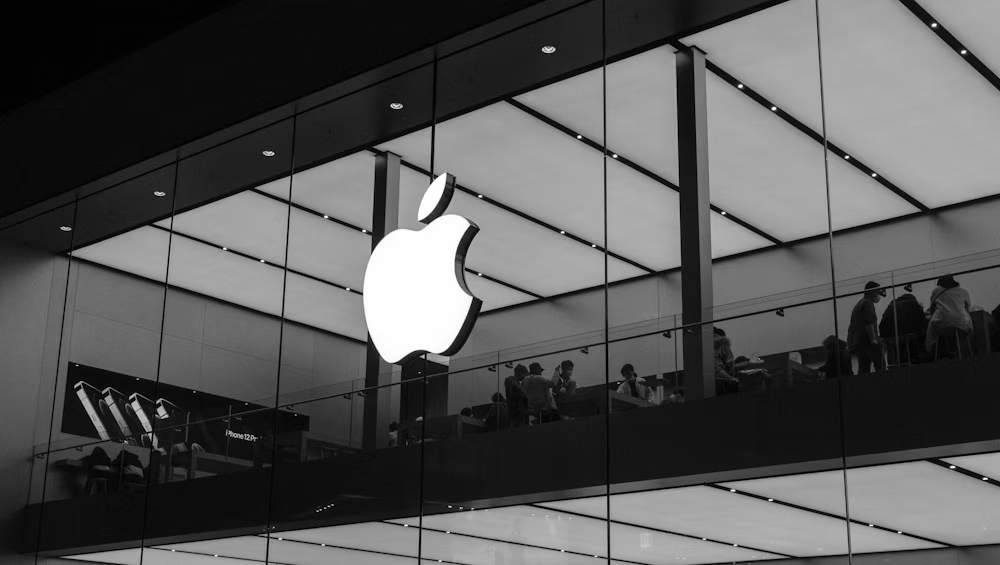
Promoted customer engagement by Apple showcasing user-generated photography.
14. Challenges in Social Media Branding
Despite its advantages, social media branding faces several challenges:
-
Algorithm Changes: Platforms frequently update algorithms, affecting content reach.
-
Audience Fatigue: Overexposure to ads can lead to disengagement.
-
Negative Feedback: Brands must handle criticism and crises effectively to maintain reputation.
15. Future Trends in Social Media Branding
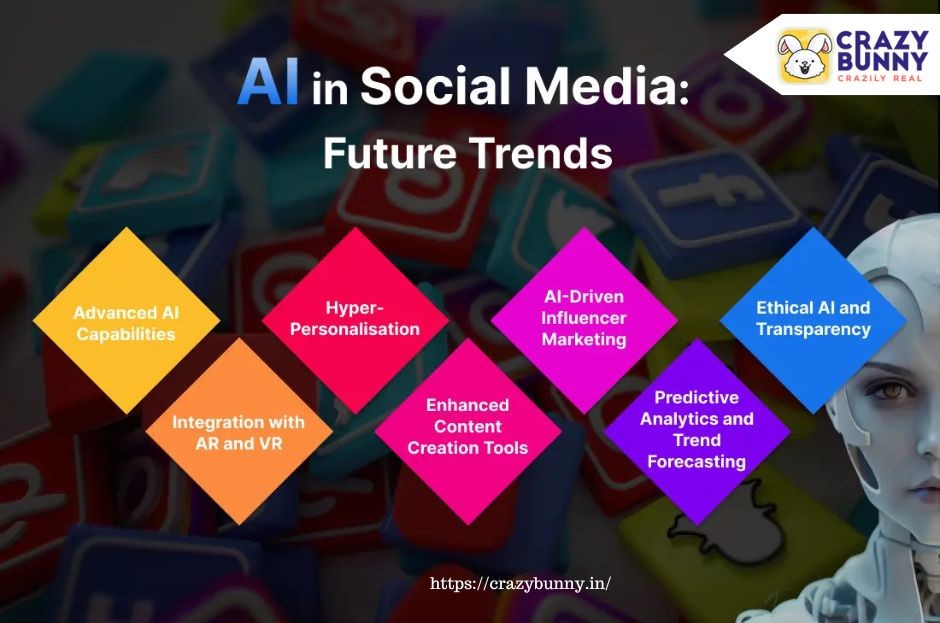
Future Trends in Social Media Branding
Emerging trends shaping the future of brand awareness include:
-
AI-Driven Marketing: Personalized content recommendations.
-
Augmented Reality (AR) Advertising: Interactive brand experiences.
-
Short-Form Video Dominance: TikTok and Instagram Reels continue to rise.
-
Voice Search Optimization: More brands optimizing content for voice searches.
16. Best Practices for Leveraging Social Media for Brand Awareness
-
Be Consistent: Regular posting maintains audience interest.
-
Engage with Followers: Responding to comments fosters brand loyalty.
-
Use High-Quality Visuals: Eye-catching content attracts attention.
-
Collaborate with Influencers: Expands reach and credibility.
-
Analyze Performance: Adjust strategies based on data insights.
Conclusion
For any brand looking to increase its visibility and build lasting customer relationships, embracing social media as an integral part of marketing strategy is no longer optional—it’s essential. By taking inspiration from Crazy Bunny’s approach, businesses can enhance their digital presence, attract new customers, and create a loyal community.







